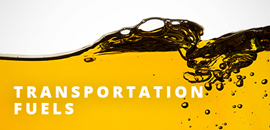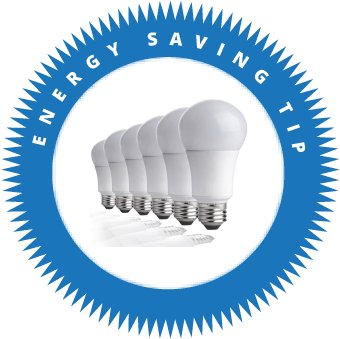PROGRESS REPORT
Not reported.
GOALS
Not reported.
STRATEGY FOR ACHIEVING GOALS
Not reported.
IMPLEMENTATION SCHEDULE
Not reported.
AGENCY FINANCE STRATEGY
Not reported.
EMPLOYEE AWARENESS PLAN
Not reported.




Not reported.
Not reported.
Not reported.
Not reported.
Not reported.
Not reported.

Consider your cleaning options. For the most energy savings in a commercial space, consider:
(Source: Building Owners and Managers Association International)
The inclusion of an entity's information here confirms that the Comptroller received the submitted information, but does not verify the accuracy of the data. Specific questions or concerns regarding an entity's energy planning and usage should be directed to that entity.
If you have any other questions, please contact us or call 512-463-1931.